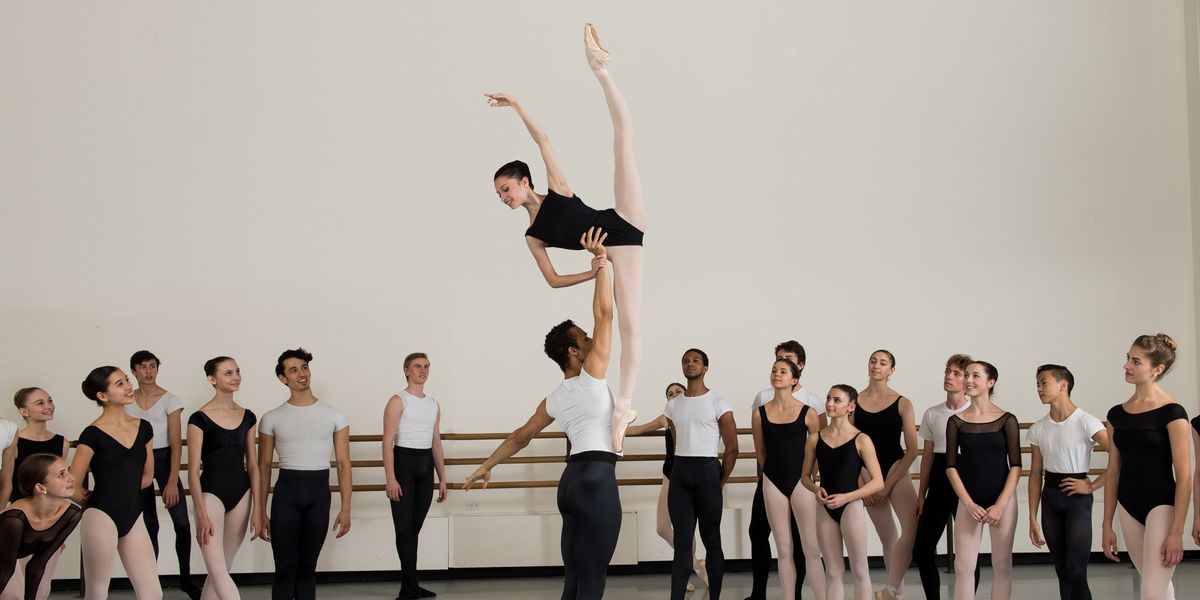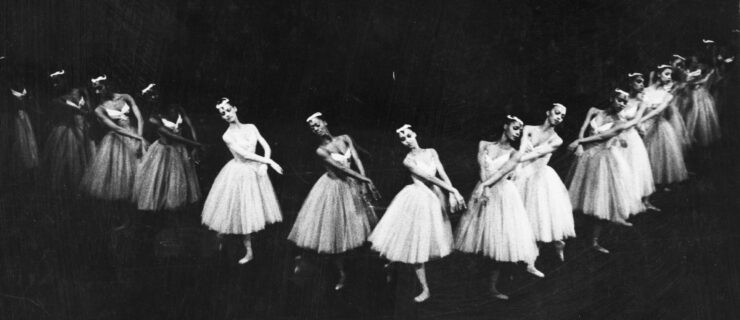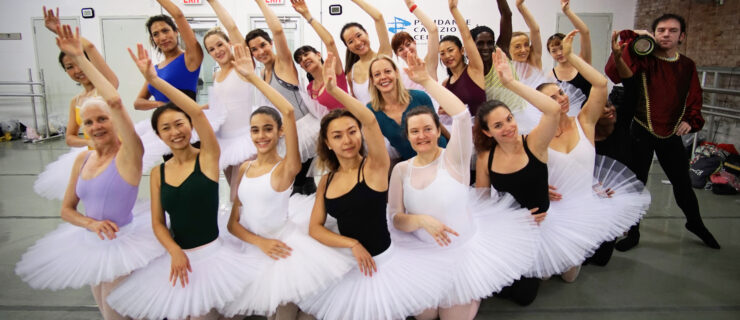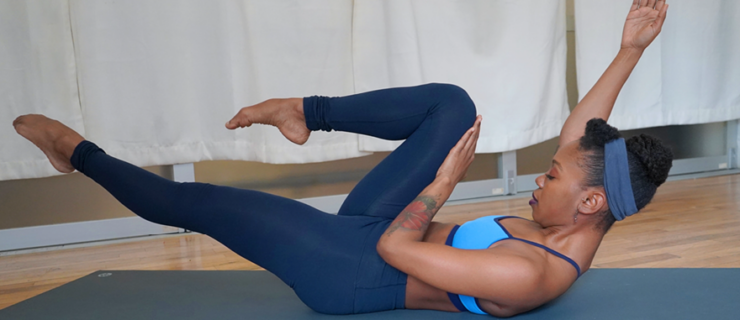5 Things You’ll Get From Vaganova Training—and How They’ll Help You Succeed As A Pro
If you’ve got your heart set on dancing for, say, San Francisco Ballet, you should attend a school that specializes in Balanchine, right? Not necessarily: It’s actually a misconception that you have to train in a particular style or technique in order to pursue a career in that style. Ellison Ballet in New York City—which specializes in Vaganova technique—is living proof: Graduates of Ellison’s year-round program and summer intensives go on to ballet companies that perform in a wide range of styles, and use what they’ve learned from Vaganova to land jobs.
Here are five reasons why studying Vaganova technique can actually make you a sought-after dancer for any number of ballet companies:
1. An analytical mind
“Vaganova is extremely analytical in its approach, and it encompasses a wide spectrum of movement qualities,” says Edward Ellison, artistic director and founder of Ellison Ballet. “It’s a great method to develop keen physical awareness—there’s a very steady, logical progression to Vaganova, from the most basic positions to the most interesting and complex enchaînement in the final years of training.”
It’s also a surefire way to maintain a rigorous technique training ritual on your own. “Vaganova is very scientific,” says Emily Neale, who studied at Ellison Ballet from 2012–15 and now dances with Ballet West. “That’s what keeps me afloat in a professional career now.” As a company member, Neale admits that technique class is less thorough than it was during her Ellison days. “Now it’s more of a warm up—we’re just preparing ourselves for a day of rehearsals or shows,” she says. But thanks to her Vaganova training, she can supplement her daily ballet class with whatever she needs.
2. Freedom of expression
An important part of Vaganova and Ellison Ballet’s training is fine-tuning your body as an instrument not just of technique, but also expression. “I don’t teach my students to be Russian-style dancers, per se—just to be dancers,” says Ellison. “Real dancers are free to use their bodies to fully express themselves, no matter what kind of choreography is presented to them.”
“Mr. Ellison did a great job really emphasizing that the technique is kind of pointless if you don’t evoke the emotion and feeling that the piece is asking you to give it,” says Neale. “Once you have the technique, you can then discover what your interpretation is.” Embodying both the technical elements and the choreographer’s artistic vision, Neale says, makes you a more versatile dancer.

3. An eye for detail
“If something’s incorrect, Mr. Ellison wouldn’t let us get past it,” remembers Melissa Chapski, who trained at Ellison Ballet from 2013–15 and now dances with Dutch National Ballet. “Every little detail was important to him—an a la seconde, for example, is supposed to be a one-foot space between the feet. If we did it too wide, he’d stop us and explain why it was incorrect.” That attention to nuance has carried over into her professional career, too, just as Ellison promised it would. “He’d say, ‘This is your career, not mine,'” says Chapski. “He’d have us look in the mirror often to make sure we were doing things correctly. Now, if I don’t see things happening in my work that he’s taught me to want, he’s trained my eye to be able to fix them.”
4. Versatile training
Ellison credits the physical awareness one receives from Vaganova training as “the true catalyst to becoming versatile, and embracing fully the work of any dance style, classical or otherwise.” But it’s also important to continue to hone that versatility with other classes. In addition to Vaganova training, Ellison students take contemporary, character and music classes, and learn choreography in a wide range of styles.
5. A strong technical base
“What we offer is a very solid foundation, a launching ground, so that our students can ultimately follow the path they desire,” says Ellison. Vaganova training ensures that students enter the professional world with a high level of clarity and technique. “In a company, you have to be not just a technician but also an artist,” says Neale. “Ballet is so detailed and moves so quickly—there’s no time to spend developing your technique.”





